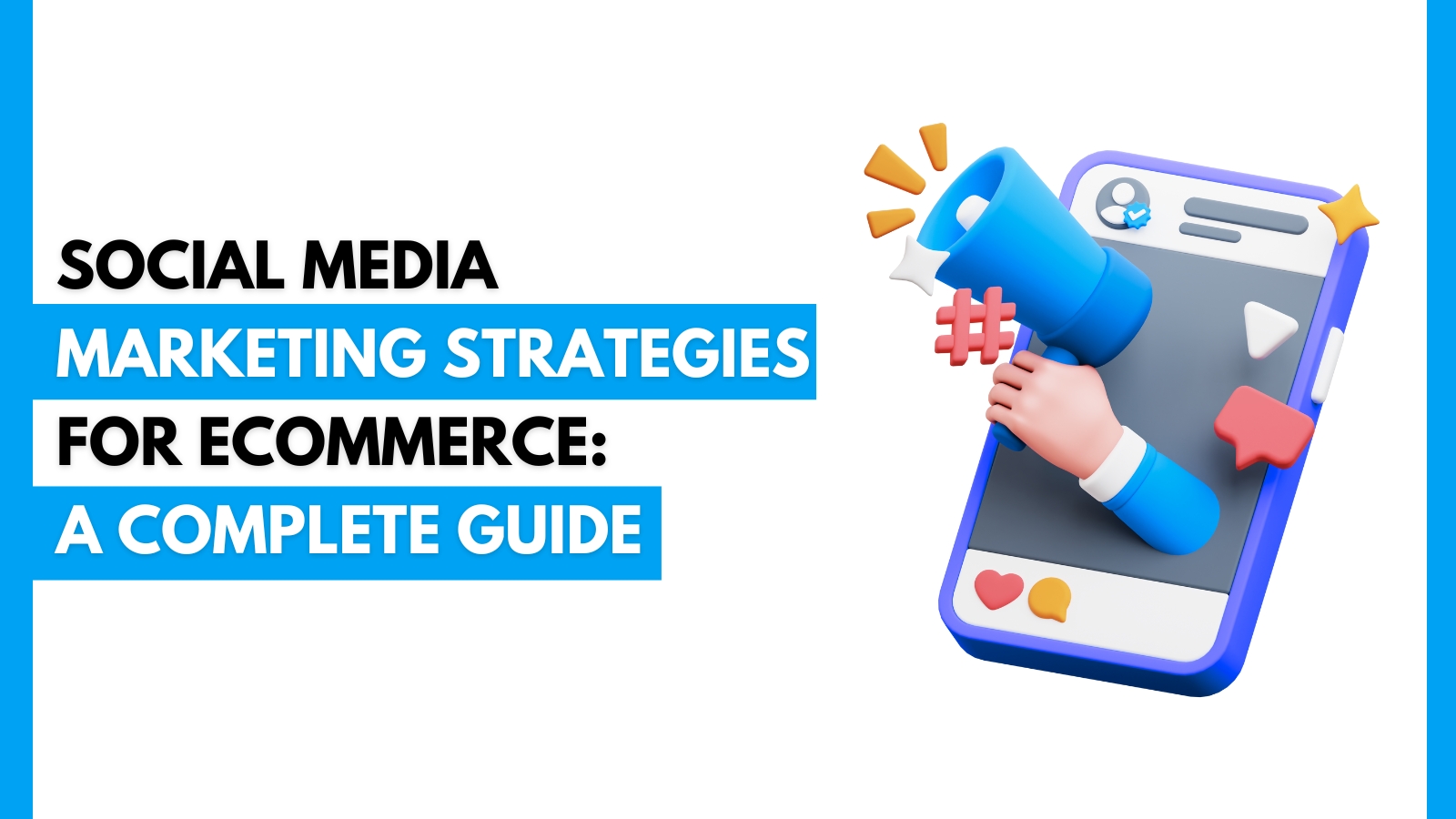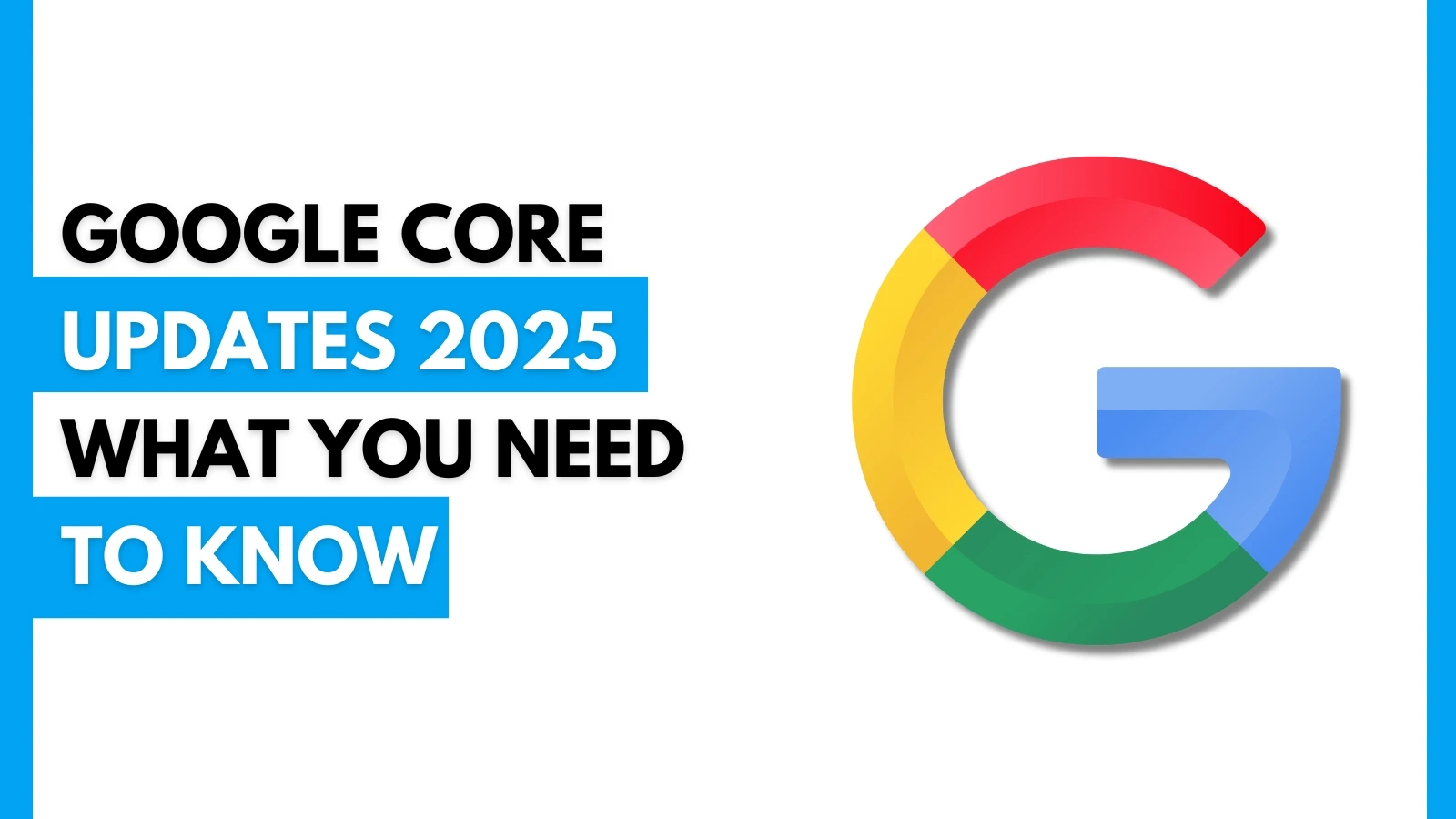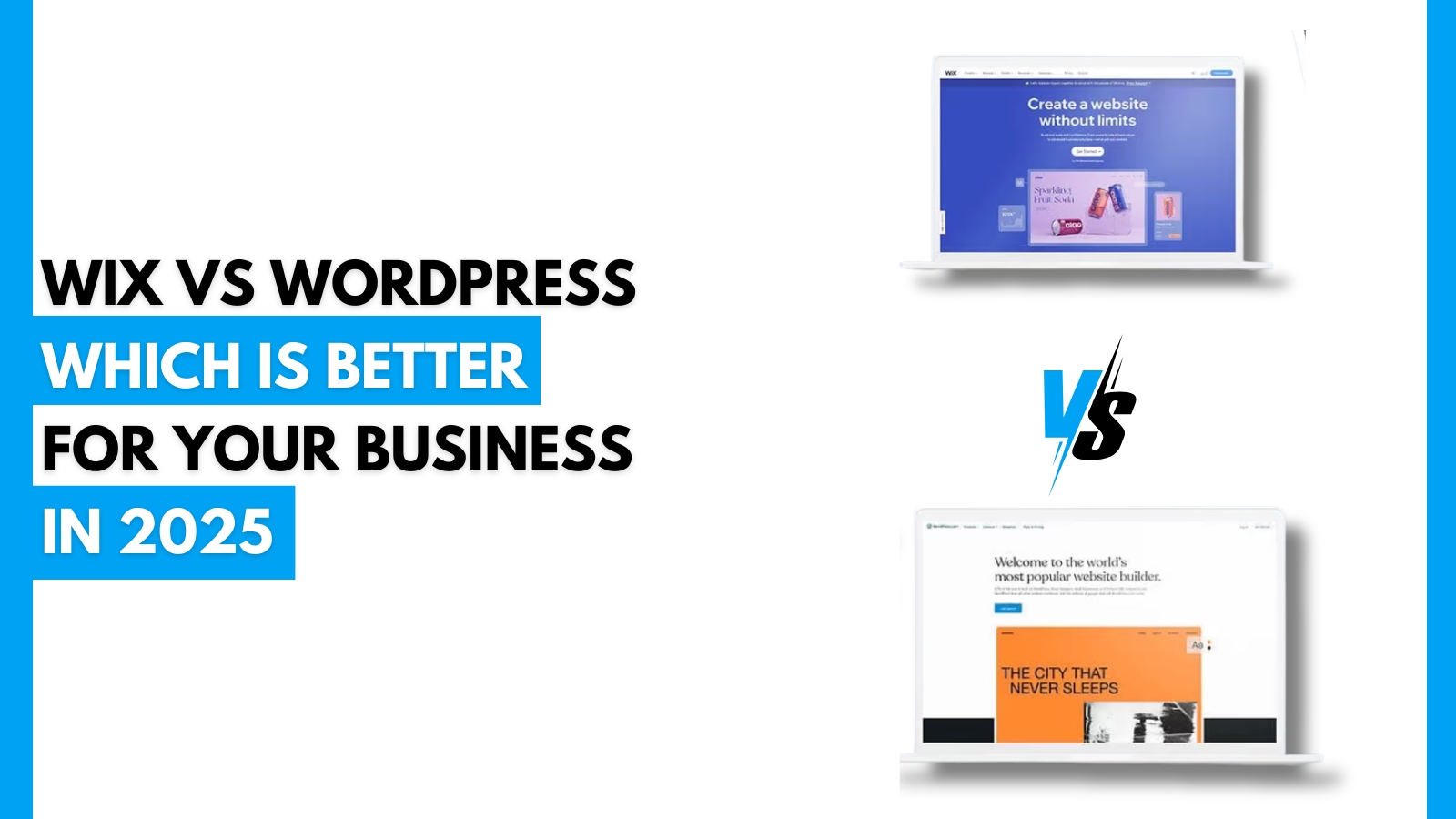According to a recent study, businesses intend to increase content creation and distribution in 2022.
Content is king, but there is a heavy head on the throne, as businesses rush to create content but lack the data to assess its effectiveness.
In 2022, both B2B and B2C companies will face stiff competition as they increase budgets and experiment with new content formats.
Parse.ly recently conducted research with over 800 content marketers to determine their content strategies for 2022 and beyond.
These are the top priorities for content marketers, according to the study's findings.
Bigger Teams, More Money
Through EAT and other efforts, Google and other search engines have long prioritized content just at the top of their optimization lists. Despite this, businesses of all sizes have continued to write in smaller teams and have been able to focus on blogs and other written content.
B2B and B2C businesses have smaller in-house teams or use a slew of freelancers or content agencies to create content so that they can focus on running their businesses.
Parse.ly found that nearly 80% of those polled had a content team of ten or fewer people.
Companies are producing more content than ever before, but they are also recognising the need to produce even more new and diverse content:
- 52% intend to increase the number of content creators.
- 66% intend to increase their content output.
Budgets are also increasing, with the majority of the new funds going to more creators rather than programmed and platforms to improve the efficiency of content creation.
Preferences for B2B and B2C content
Companies that are content-savvy use content throughout the buyer's journey, from top-of-the-funnel processes to the final checkout.
In the B2B spectrum:
- 91 percent rely on content to raise brand awareness.
- 85 percent of the time to generate demand and leads
- 81 percent to increase credibility
- 79 percent of the audience will be educated
- 68 percent to cultivate leads
- 64 percent in order to generate sales
In the B2C space
- 84% use content to increase brand awareness.
- 78 percent of the audience will be educated
- 73 percent to increase credibility
- 60% of the time to generate leads
- 60% to increase loyalty
- Sales will increase by 56%.
Blogs are the most digestible and searchable content for businesses, with 91 percent of respondents creating it.
Social media engagement was a priority for 88 percent, followed by tried-and-true marketing tools, such as email newsletters, at 78 percent.
Long form content improves authority and expertise for both search engines and consumers, with 58 percent using it for case studies, 53 percent for events and webinars, ebooks 52 percent for the paper, and 38 percent for the white paper.
Despite high engagement, only 69 percent of respondents were using content for videos.
Getting The Word Out
Businesses can create fantastic content, but it is useless unless it is seen by the intended audience.
With between 90 and 83 percent of respondents, proprietary channels such as company websites and social media are the most popular methods of distribution.
With 77 percent of businesses, email to listed customers was the third most popular, followed by paid social media and search ad campaigns at 62 percent and 49 percent, respectively.
LinkedIn was the first choice for both B2C and B2B social media platforms, according to Parse.ly, which accounts for about 1% of total social media traffic to a website.
With 89 percent of traffic coming from social media sites, Facebook was the second most popular method of payment and organic distribution.
Instagram and Tik Tok, two popular social media sites, were at the bottom of the list for both paid and organic business preferred platforms.
B2B And B2C Wish List
Written content, such as blogs and social media posts, is the most common and easiest to create.
They successfully engage audiences, and blogs rank well in search engines, but if they had the resources, both B2C and B2B companies would want to invest in video and create content for a long time.
Whether organic or paid, videos on YouTube, Facebook, and other platforms have a high level of engagement.
Many businesses try to avoid paying for video production and editing. As a result, live streams, smartphones, and handheld cameras are used in a more guerrilla-style approach to video.
These resources are already available to businesses, and they are used to promote sales, properties, and events. Businesses want to go beyond their current content and into new avenues like videos, eBooks, and infographics, according to the report.
What's Working and What Isn't
Expanding content is great, but only if businesses have the analytics to see what works and what doesn't.
The miscalculation of the return on investment is one of the most serious flaws in existing material strategies. According to the report, 51% of businesses track and understand metrics, while 49% have no idea how their content is performing.
Page views, many of which are derived from Google Analytics, are the most important metric used to assess performance. Page views can be tracked, but not the impact of content on sales, revenue, conversions, or buyer journeys.
This results in content that may increase traffic to your site but does not guarantee conversions.
The Outlook For 2022 And Beyond
The year 2022 is a big year for expanding content teams and diversifying content, according to the report, but legacy tools aren't equipped to handle the complexities of content metrics.
It's exciting to see the increase in content and creators, but a successful marketing strategy is about more than just creating content; it's also about understanding how that content relates to business success and customer satisfaction.


.png)
.webp)



















.webp)






















 A Complete Guide.webp)











































.jpg)










 Efficiently.jpg)
.jpg)
























.jpg)
.jpg)
























.jpg)


















.jpg)
.jpg)




























.webp)





.jpg)


















 Campaign.jpg)




.jpg)

.jpg)

.png)



.jpg)



.jpg)
.jpg)
.jpg)



.jpg)








.png)
.jpg)




.jpg)

.jpg)
.jpg)


.jpg)


.jpg)



.jpg)





















.jpg)














.png)





















.jpg)






.png)

.png)



.png)

.png)
.png)



.png)
.png)
.png)
.png)
.png)

.png)
.png)
.png)
.png)
.png)
.png)
.png)
.png)
.png)
.png)
.png)

.png)
.png)
.png)
.png)
.png)
.png)
.png)
.png)
.png)



.png)
.png)
.png)

.png)
.png)
.png)
.png)
.png)
.png)
.png)
.png)
.png)
.png)
.png)
.png)
.png)
.png)
.png)
.png)
.png)
.png)
.png)
.png)
.png)
.png)
.png)
.png)
.png)
.png)
.png)
.png)
.png)
.png)
.png)


.png)
.png)

.png)
.png)
.png)
.png)
.png)
.png)
.png)
.png)
.png)
.png)
.png)
.png)
.png)
.png)
.png)
.png)
.png)
.png)
.png)
.png)

.png)
.png)
.png)

.png)
.png)
.png)
 (1).png)
.png)
.png)
.png)
.png)
.png)
.png)
.png)
.png)

.png)

.png)
.png)
.png)
.png)
.png)
.png)
.png)

.png)
.png)
.png)
.png)
.png)
.png)
.png)
.png)
.png)
.png)
.png)
.png)
.png)
.png)
.png)
.png)


.png)
.png)
.png)
.png)
.png)
.png)
.png)

.png)
.png)
.png)
.png)
.png)
.png)
.png)
.png)

.png)
.png)

.png)
.png)
.png)

.png)
.png)
.png)

.png)
.png)
.png)
.png)
.png)
.png)
.png)
.png)
.png)
.png)
.png)
.png)
.png)
.png)
.png)
.png)
.png)
.png)
.png)